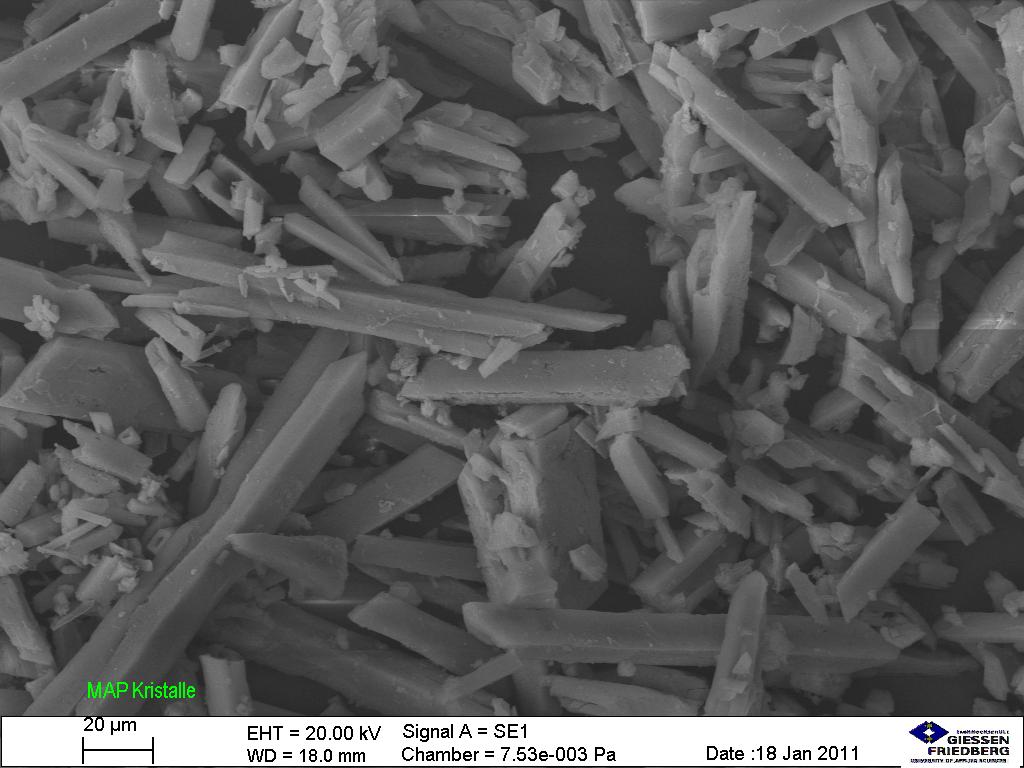Playlist
Show Playlist
Hide Playlist
Cystine Stones: Treatment – Nephrolithiasis
-
Slides Nephrolithiasi.pdf
-
Reference List Nephrology.pdf
-
Download Lecture Overview
00:01 Finally, there's cystine stones or cystinuria. 00:04 This is an autosomal disorder. 00:07 It's a tubular defect in dibasic amino acid transport resulting in increased cystine, ornithine, lysine and arginine excretion. 00:15 Stones typically don't start forming until the 2nd or 3rd decade however, that can manifest also as a staghorn calculi or multiple bilateral stones. 00:26 Treatment for cystine stones are really gonna be directed at decreasing urinary cystine concentration. 00:33 So a low sodium diet is actually helpful but it's not exactly clear how that works, it's not exactly the same mechanism as it is in calcium-based stones. 00:42 Increasing the urinary pH greater than 7.5 would be helpful but that's oftentimes hard to do for a patient to take that much alkaline material. 00:54 Medications like tiopronine and penicillamine are also helpful as they bind to cystine. 00:59 The side effects really limit their use. 01:02 Okay, what about your urological interventions? When do we need to have our Urology colleagues involved? We definitely want to get our colleagues involved for immediate intervention if our patient is coming in with urosepsis, that means they've got a stone in association with infection. 01:22 if our patients have acute kidney injury particularly because of the obstructive uropathy, if our patients are anuric - they're not making any urine, or if they have ongoing pain that's recalcitrant to any type of therapy. 01:35 We need immediate intervention from our urology colleagues Outpatient intervention, we can wait on these if our patients potentially have stones greater than 10 milimetres in diameter and fail the pass them with conservative management. 01:50 That would be an indication to refer your patient to a urologist. 01:54 In here what they can do is extracorporeal shock wave lithotripsy. 02:00 They can do ureteral lithotripsy that means they're actually endoscopically entering that ureter and they're breaking that stone up. 02:08 They can do a percutaneous nephrolithotomy and that's what I showed before in that image where they're the actually making a tract directly into that renal pelvis. 02:18 And lastly, they can do a laparoscopic stone removal.
About the Lecture
The lecture Cystine Stones: Treatment – Nephrolithiasis by Amy Sussman, MD is from the course Nephrolithiasis (Kidney Stones).
Included Quiz Questions
Which of the following is true regarding cystine stones?
- Urologic intervention is indicated for stones >10 mm that fail to pass with conservative measures.
- Alkaline urine increases the risk of cystine stone formation.
- Cystine stones are called "stones of infection" because they are caused by urease-producing bacteria.
- Cystinuria is caused by a tubular defect in disaccharide transport.
Customer reviews
5,0 of 5 stars
| 5 Stars |
|
5 |
| 4 Stars |
|
0 |
| 3 Stars |
|
0 |
| 2 Stars |
|
0 |
| 1 Star |
|
0 |




